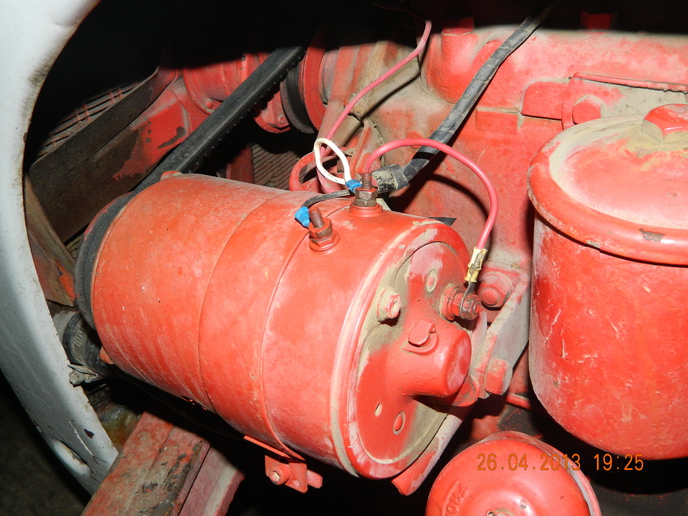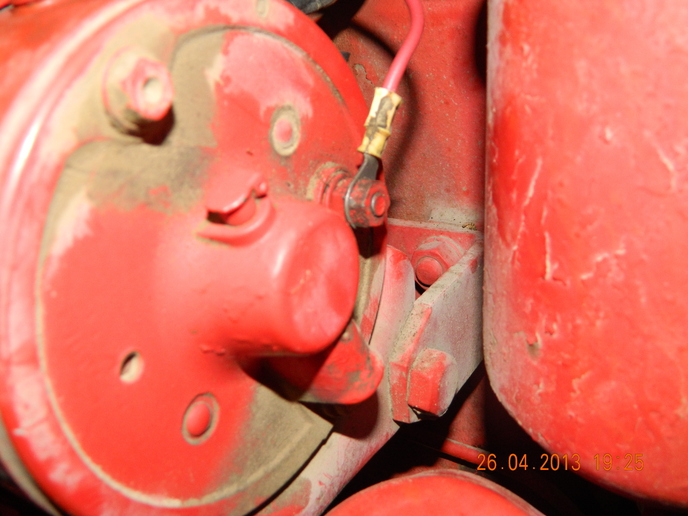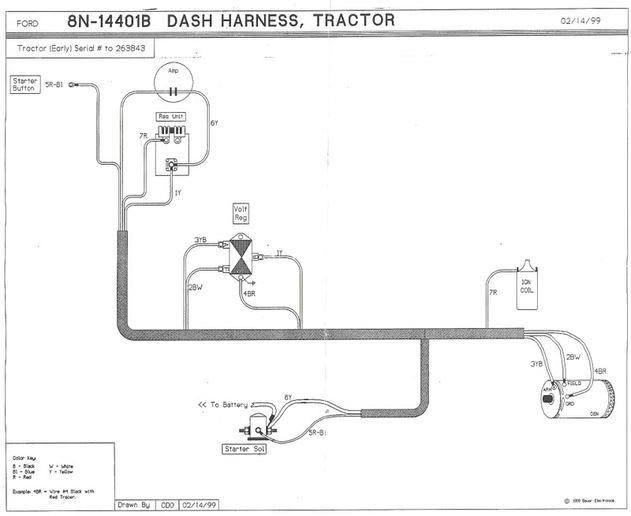Larry Wallace
Member
Gentlemen,
Warning: I am not an electrician. Therefore this may get frustrating for those knowledgeable in troubleshooting Ford tractor electrical components. Also, I got my 8N service manual today, from YT, and find there to be very little information on generators in this book.
I have a 51 or 52 8N, (for the life of me I simply cannot make heads or tails out of the complete serial number on this machine).
I think my 6 volt generator is not generating properly. ASSUMING that my ammeter is working correctly, the only time it indicates a positive charge is when I have my 6 volt battery charger on the battery. I do get a distinctive negative charge when I turn on the lights.
I have tightened the belt. I have approximately 1/2 inch of flex in the belt. I have ran the engine at various RPM's to try and get a positive charge indication out of the ammeter.
I have read other posts here advising folks that digital multi-meters are unreliable when working with generators. I proved that to be true with mine, (readings were all over the place). I dusted off my old analog "multi-tester" and am now ready to ask some questions.
I have attempted to upload two pictures of my generator. My hope is that, due to my inexperience, by looking at these pictures someone can answer these questions.
Can someone please identify if I have a two brush or three brush generator? Some of my research indicates that some years may have two, some three, brushes?
Can someone please provide me with the correct terminology for the electrical post closest to the engine and for the outboard electrical post?
Can someone please provide the correct terminology for the electrical post on the backside with the red wire?
Is the amperage test for the six volt generator described in the Ford Tractor Shop Manual, beginning on page 61, the same for the 8N 6 volt generator? If so then I should be able to use my analog multi-tester to see if the generator is charging, correct? Especially if I have the correct terminology of the electrical posts on the generator?
I hope all of this makes sense. I have tried to be as clear and concise as I can.
With That,
Thank you for any help you can provide.
Larry Wallace, (Tractor Rookie)


Warning: I am not an electrician. Therefore this may get frustrating for those knowledgeable in troubleshooting Ford tractor electrical components. Also, I got my 8N service manual today, from YT, and find there to be very little information on generators in this book.
I have a 51 or 52 8N, (for the life of me I simply cannot make heads or tails out of the complete serial number on this machine).
I think my 6 volt generator is not generating properly. ASSUMING that my ammeter is working correctly, the only time it indicates a positive charge is when I have my 6 volt battery charger on the battery. I do get a distinctive negative charge when I turn on the lights.
I have tightened the belt. I have approximately 1/2 inch of flex in the belt. I have ran the engine at various RPM's to try and get a positive charge indication out of the ammeter.
I have read other posts here advising folks that digital multi-meters are unreliable when working with generators. I proved that to be true with mine, (readings were all over the place). I dusted off my old analog "multi-tester" and am now ready to ask some questions.
I have attempted to upload two pictures of my generator. My hope is that, due to my inexperience, by looking at these pictures someone can answer these questions.
Can someone please identify if I have a two brush or three brush generator? Some of my research indicates that some years may have two, some three, brushes?
Can someone please provide me with the correct terminology for the electrical post closest to the engine and for the outboard electrical post?
Can someone please provide the correct terminology for the electrical post on the backside with the red wire?
Is the amperage test for the six volt generator described in the Ford Tractor Shop Manual, beginning on page 61, the same for the 8N 6 volt generator? If so then I should be able to use my analog multi-tester to see if the generator is charging, correct? Especially if I have the correct terminology of the electrical posts on the generator?
I hope all of this makes sense. I have tried to be as clear and concise as I can.
With That,
Thank you for any help you can provide.
Larry Wallace, (Tractor Rookie)




